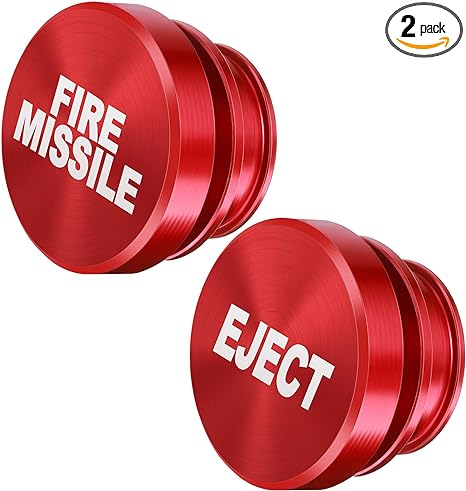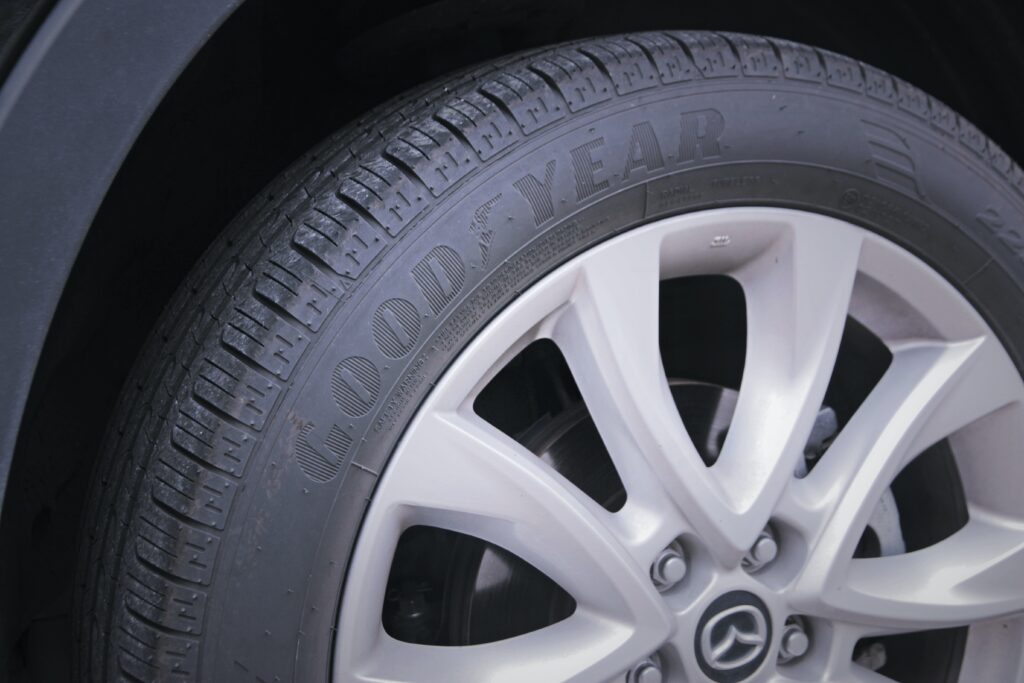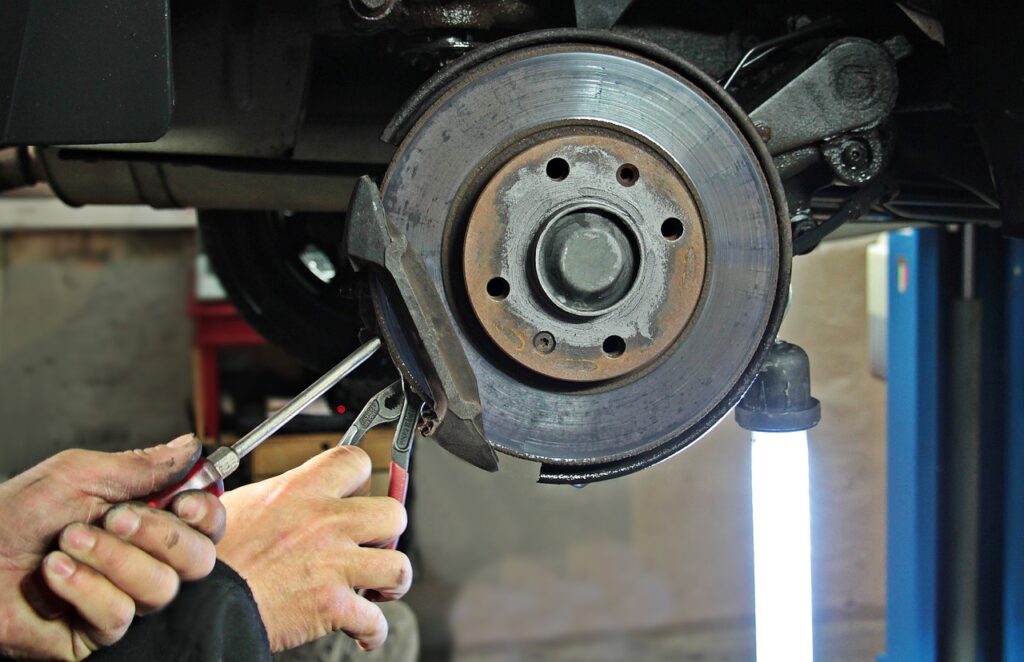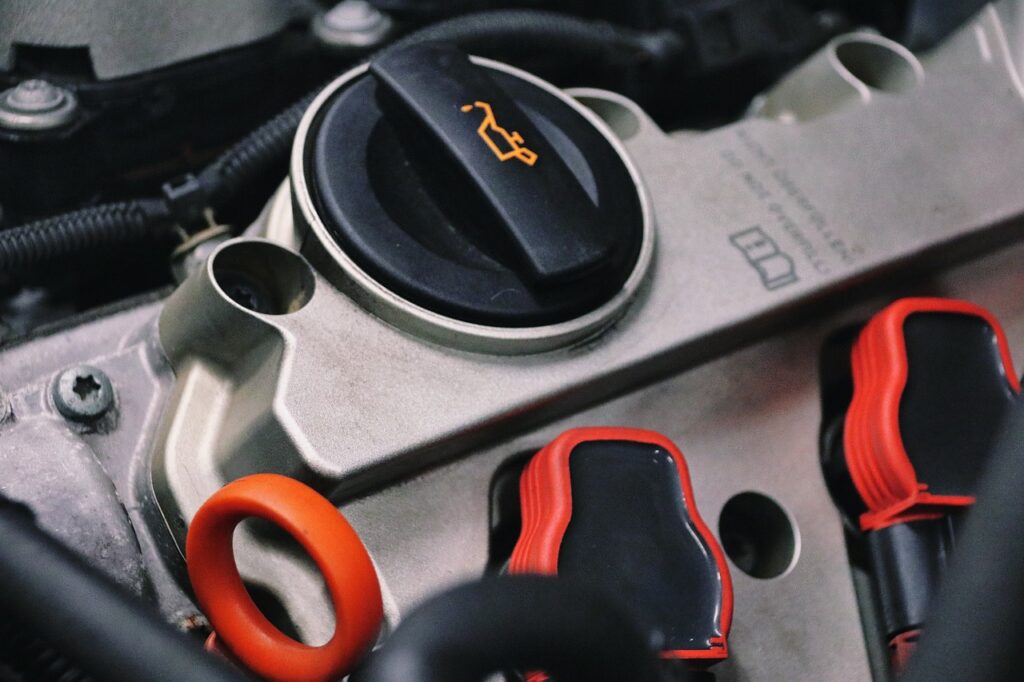The holiday season is in full swing! Are you still searching for the perfect gifts for everyone on your list? We can help with gift ideas for the drivers in your life! Here is a list of thoughtful and practical last-minute gift ideas that will surely rev up the holiday spirit for your automotive enthusiasts. From convenience to safety, these gifts cater to all kinds of drivers, making them feel appreciated and ready to hit the road in style.

Car Care Kit
Start with a practical gift that every driver can appreciate – a car care kit. This budget-friendly option is something you can assemble yourself. Include items like microfiber cloths, cleaning solutions, tire cleaner, and air fresheners.
Phone Mounts and Chargers
Help your loved ones stay connected and hands-free on the road with a reliable phone mount and charger. Opt for versatile mounts that can accommodate different phone sizes and designs. Wireless charging options are a plus for added convenience.
Emergency Roadside Kit
An emergency roadside kit is a thoughtful and practical gift for any driver. Kits typically include items like jumper cables, a flashlight, a tire pressure gauge, and basic tools. It’s a gift that provides peace of mind during unexpected situations.
License Plate Frame
A themed license plate frame is a great gift for someone who has a favorite sports team, hobby, or other special interest.
Car Organization Accessories
Help the drivers in your life keep their vehicles neat and tidy with car organization accessories. Consider items like seat organizers, trunk organizers, or even a portable garbage bin. These gifts make daily commuting a more organized and enjoyable experience.
Bluetooth Car Adapter
For those with older vehicles, a Bluetooth car adapter can be a game-changer. It allows drivers to stream music, make hands-free calls, and navigate using their smartphones without upgrading their entire car audio system.
Gift Cards for Gas or Car Washes
Practical and always appreciated, gift cards for gas stations or car wash services are excellent last-minute options.
Need more ideas? Car and Driver has some additional ideas you can check out. We especially love the cigarette lighter adapter plugs and the gear shift hoodie:
Happy gifting and safe travels this holiday season!










